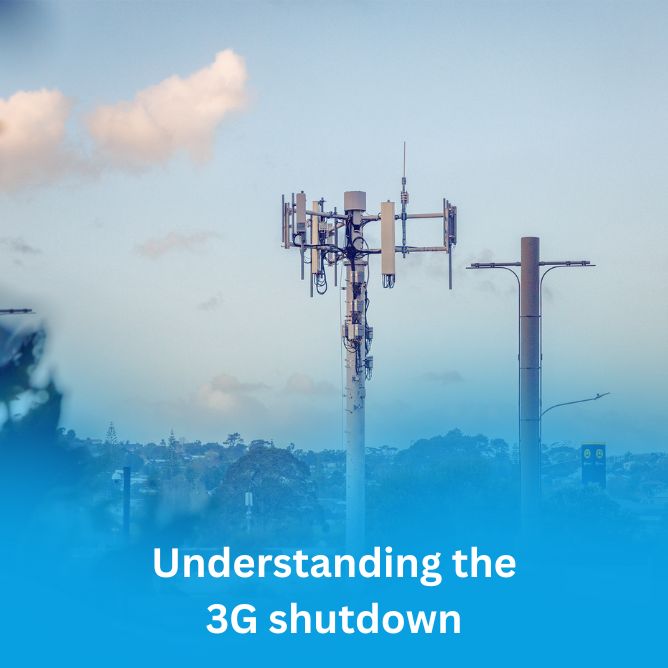Some members of the public have concerns about the possible health effects of radiofrequency (RF) electromagnetic energy (EME) emissions from personal and network communications equipment.
When a call is made from a mobile phone, RF signals are transmitted between its antenna and the antenna at a nearby base station. The phone call is then routed through the phone network to the destination phone. Base station antennas must be elevated and located clear of physical obstruction to ensure wide coverage.
In an area of increasing mobile phone use the number of additional base stations needed to maintain service quality increases, even in areas where mobile network coverage already exists. If this is not done the mobile network will not operate properly and, as a result, mobile phone users may not be able to connect to their network.
The New Zealand Government has controls in place to minimise any possible effects from radiofrequency fields and sets out the radiofrequency exposure requirements in the documentation for the National Environmental Standards for Telecommunications Facilities (NESTF). Compliance with the requirements is independently monitored to ensure radiofrequency fields around cell sites falls within acceptable limits.
The Ministry of Health runs the Interagency Committee on the Health Effects of Non-Ionising Fields and they regularly reviews the NESTF standards and ensures they comply with the most up-to-date international research on the impact of RF EME emissions.
Health authorities around the world, including the World Health Organization, have examined the scientific evidence regarding possible health effects from base stations. Current research indicates that there are no established health effects from the low exposure to the RF EME from mobile phone base station antennas.
5G
The fifth generation of mobile technologies, otherwise known as 5G, is going to be rolled out in New Zealand from 2020. The 5G network will provide faster connections, greater capacity and fast response times. It is a key enabler for machine to machine communications and the Internet of Things, which will facilitate developments like driverless cars.
The 5G network is not a brand-new technology, it is just an evolution of the existing mobile network. The RF emissions from the 5G network will continue to be governed by the radiofrequency exposure requirements in the NESTF.+
You can learn more about 5G, including how it works, potential benefits and heath information, here.








